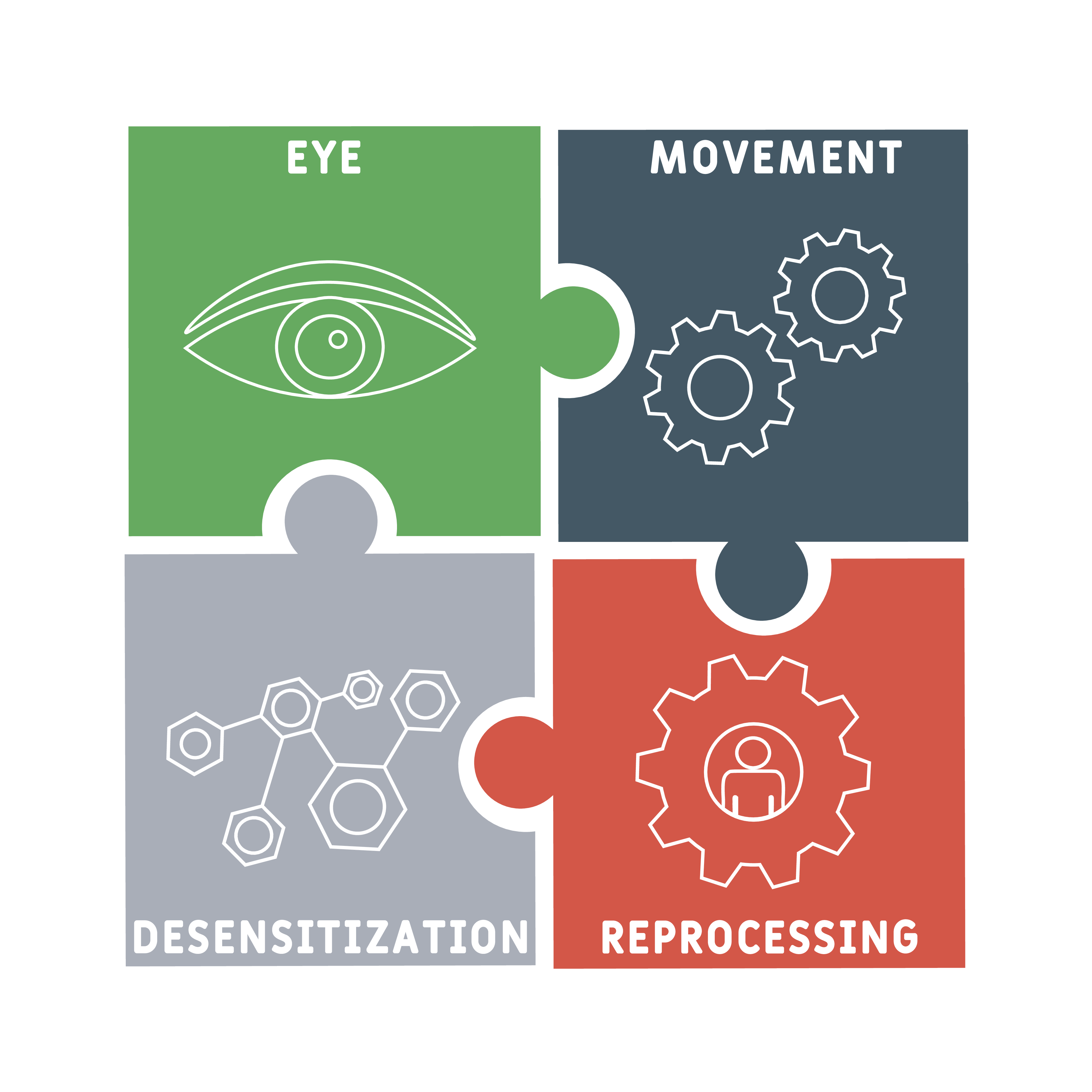
Heal From Within Today
Innova Mercy offers trauma therapy for teens in the form of EMDR in New Braunfels. It can be used to help those who are struggling with depression, PTSD, anxiety, and other mental health issues.
What is EMDR?
EMDR is short for Eye Movement Desensitization & Reprocessing. It is a form of psychotherapy used to treat traumatic stress and anxiety. Compared to previous trauma therapy techniques EMDR is a non-verbal therapy. This means that teenage clients do not need to share details of their traumatic experiences, especially ones that contribute to flashbacks, triggers, and nightmares. EMDR was developed by Francine Shapiro in 1988 and is now considered by the American Psychological Association as a suitable evidence-based treatment for trauma and PTSD.
How Does EMDR Work?
To understand EMDR as well as other trauma therapy techniques with EMDR, we must first talk about the brain.
The brain is made up of many parts. Each part plays a specific role in how a teen processes certain events in life. The amygdala and frontal lobe are key players during a traumatic event. The focus of EMDR in New Braunfels is to target and engage these two areas with trauma therapy techniques with EMDR to provide effective treatment.
During a usual treatment session, a therapist will use an EMDR light bar, finger movement, suitable EMDR music for PTSD, or toe-tapping to distract the teen’s frontal lobe. This part of the brain is responsible for reasoning, thinking, and logic. At the same time, the therapist will ask the teen to recall the traumatic event while encouraging EMDR coping skills. Doing so will open up the amygdala - the emotion center of the brain that controls fight or flight or freeze reactions - and allow the teen to feel safe in our EMDR trauma therapy center as they process their trauma. As the session progresses, the therapist will slowly and gently guide the teen to change their unpleasant thoughts to pleasant ones.

8 Phases of EMDR Trauma Therapy
There are 8 phases during an EMDR session, with the bulk of the actual EMDR happening during phases 3 to 8.
1. Evaluation
Determining symptoms, diagnosis and appropriate treatment.

2. Preparation
Teaching coping skills to help the patient stay grounded between sessions.

3. Assessment
The memory for processing is selected.

4. Desensitizing
The patient identifies the image related to the memory, the negative belief about self, related emotions and body sensations, and the positive belief they want to have in the now. The provider utilizes 0-10 scaling questions to determine the level of disturbance.

5. Installation
The target memory is linked with the positive belief.

6. Body scan
The patient scans through their body for any tension or tightness.

7. Closure
The session is complete and the patient is no longer experiencing painful memories or distressing emotions.

8. Re-evaluation
The next session is reevaluating where the patient is in regards to the last session.
How Is EMDR Different From Other Therapies?
Traditional talk therapy aims to try and change how people think about traumatic events by targeting the frontal lobe. While helpful, it is not as effective as EMDR in New Braunfels. By targeting the amygdala, the brain can easily file away traumatic experiences.
Being a non-verbal form of therapy, EMDR utilizes tools (such as the EMDR light bar used in EMDR Light Therapy) and techniques (like EMDR music for PTSD) to be effective. Written homework is not given out between sessions, and is often limited to teens practicing EMDR coping skills during their normal lives.
EMDR has significantly fewer treatment dropouts and higher recovery rates. If you have not found success in other treatment therapies, consider EMDR therapy at our EMDR trauma therapy center. It can truly be life-changing.

Speak with an Admission Specialist Today
Contact Innova Mercy today for more information about EMDR and other trauma therapy techniques with EMDR. Our EMDR trauma therapy center is open to you. All calls are free and confidential.







